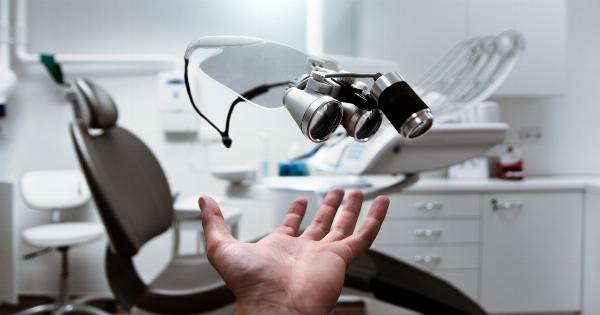Arterial occlusions, also known as blockages in the arteries, can significantly impair blood flow and lead to numerous health complications.
Traditional treatment methods for arterial occlusions include medication, balloon angioplasty, and stent placement. However, in certain cases where these conventional approaches fail to effectively restore blood flow, a more specialized technique called intravascular atherectomy may be utilized.
Understanding Arterial Occlusions
Arterial occlusions occur when plaques build up inside the arteries, progressively narrowing the vessel’s lumen. This narrowing obstructs the normal blood flow, preventing oxygen and nutrients from reaching vital organs and tissues.
If left untreated, arterial occlusions can result in severe health issues, such as heart attacks, strokes, and organ damage.
The Limitations of Traditional Methods
While traditional treatment methods like medication, balloon angioplasty, and stent placement serve as effective first-line approaches for many patients with arterial occlusions, there are cases where these methods may not yield the desired outcomes.
Some plaques may be too extensive or calcified to be effectively treated by these traditional approaches. Additionally, certain patients may have anatomical complexities or comorbidities that make traditional treatments less effective.
What is Intravascular Atherectomy?
Intravascular atherectomy is a minimally invasive procedure that involves physically removing or modifying plaque buildup within the arteries.
This technique utilizes specialized devices to break down or excise the obstructive plaque, thereby reopening the narrowed vessel and restoring normal blood flow.
Types of Intravascular Atherectomy Techniques
There are several types of intravascular atherectomy techniques available, each designed to address specific characteristics of arterial occlusions:.
1. Directional Atherectomy
Directional atherectomy involves the use of a catheter equipped with a rotating cutting blade. The blade is positioned at the site of the arterial occlusion and is carefully advanced through the plaque.
As the blade rotates, it shaves off and removes the plaque, enabling improved blood flow.
2. Rotational Atherectomy
Rotational atherectomy employs a burr-equipped catheter that spins at high speeds. This rotating burr grinds and pulverizes the plaque, reducing it to tiny particles that can be easily flushed out of the body.
Rotational atherectomy is often used for severely calcified plaques.
3. Laser Atherectomy
Laser atherectomy employs laser energy to dissolve and vaporize the plaque.
This technique is particularly useful for treating soft plaques and can also be used to create channels within the plaque, allowing better drug delivery during subsequent treatments.
4. Orbital Atherectomy
Orbital atherectomy utilizes a diamond-coated crown attached to a catheter, which orbits eccentrically within the artery.
The crown’s motion enables it to abrade the plaque, minimizing damage to the arterial wall while effectively removing the obstructive material.
Advantages of Intravascular Atherectomy
Intravascular atherectomy offers several advantages over traditional treatments:.
1. Improved Efficacy
By directly addressing the plaque buildup within the arteries, intravascular atherectomy can often achieve better procedural success rates compared to traditional methods.
2. Reduced Risk of Complications
As a minimally invasive procedure, intravascular atherectomy minimizes trauma to surrounding tissues, leading to a decreased risk of complications such as vessel injury or restenosis.
3. Customized Treatment
The variety of intravascular atherectomy techniques allows physicians to tailor the treatment based on specific plaque characteristics and patient needs, maximizing the chances of a successful outcome.
Conclusion
When traditional treatment methods fail to effectively restore blood flow in arterial occlusions, intravascular atherectomy offers a promising alternative.
This specialized technique, through its various approaches, allows physicians to directly address plaque buildup within the arteries, enhancing efficacy while minimizing complications. By continuously exploring and refining these minimally invasive techniques, medical professionals can significantly improve patient outcomes and quality of life.





























